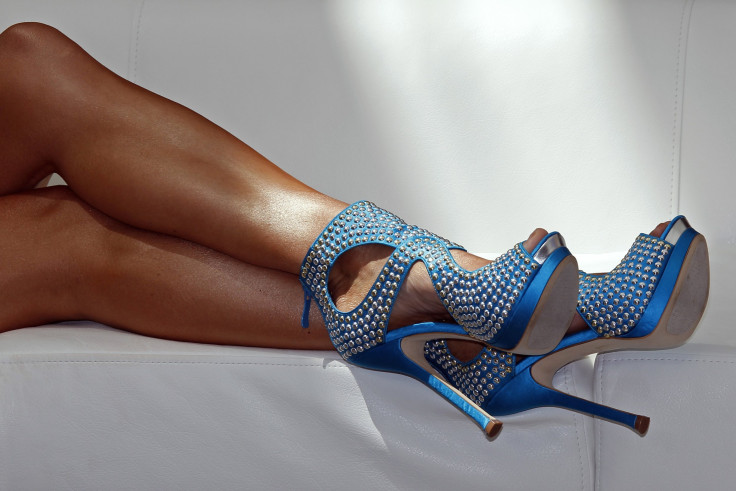Science Explains Why High Heels Make Women Look More Attractive

Fashion trends come and go, but high heels are forever - they have been a fashion statement since sixteenth-century France and entered the average western woman's wardrobe in the nineteenth century. But why? They are often painful, uncomfortable and awkward. Yet, when asked why they endure them, most women will spout a quip about how they look or feel more attractive. They are not wrong - but it is not the increased height that makes women more attractive. According to a study published in a recent issue of the journal Evolution and Human Behavior, high heels exaggerate women's feminine features and changes the way that the entire body - from the feet to even the shoulders - moves.
The finding was based on two separate experiments. 30 participants - 15 male and 15 female - were asked to view outlines of 12 women who wore either flat shoes or heeled ones. They were then asked to rate how attractive they found the women. In order to ensure that viewers were only being influenced by the heels, researchers used a point-light display, in which markers are placed on key portions of the woman's body and viewers simply see the display of light that the markers make. In all cases, both men and women found the models more attractive if they were wearing heels.
A second experiment asked 120 participants, 82 of them female, to describe whether the models were male or female. (All of the models were female.) The risk of identifying women as men fell by half if the models were wearing heels.
Researchers note that attractiveness is dependent on cultural standards. They write that they believe that the reason that women look more feminine and attractive in heels is that they took smaller, more frequent steps. Heels also exaggerate the difference between male and female gaits, which the researchers called a "supernormal stimulus". That difference increased sexual arousal in men and causes more attentiveness in women searching for potential mates.



























